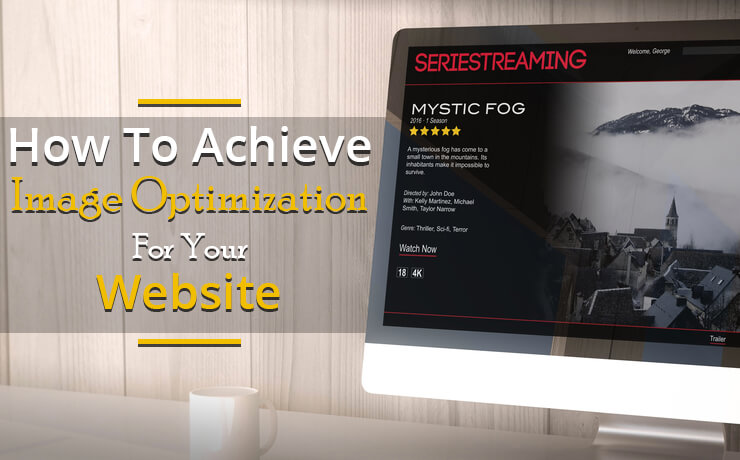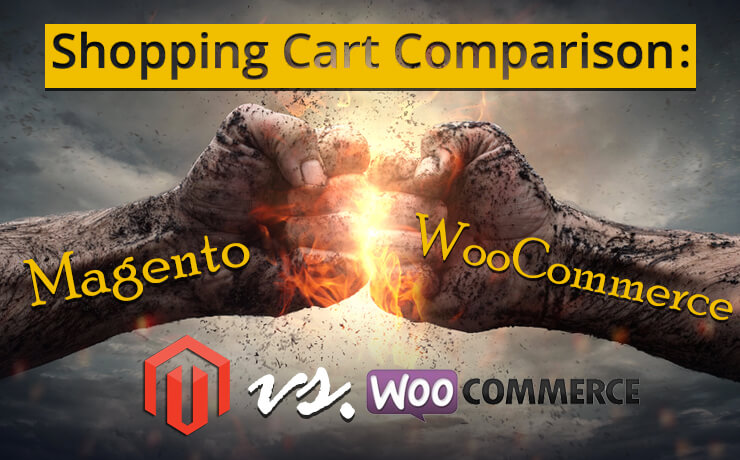How To Achieve Effective Image Optimization For Your Website

Chad Faith
Director of Content

When it comes designing a WordPress website or Magento eCommerce platform, people tend to overlook or forget about the SEO aspect of the images they upload. For effective SEO, you need to be aware of the search potential that images have as well as the various implications that they can have on the technical elements of a website, e.g. website speed. In this post, we will be going through several steps pertaining to image optimization for websites, and how you can leverage image optimization. Let’s find out more:
Create and Upload an Image XML Site Map
For starters, it will be a good idea to gather all of the images you plan to use for your website, compile them with a site map, and then add them to your company’s Google Search Console account. By doing so, you are increasing the chances of getting your images crawled by Google. It will ensure your images get indexed, and be placed into the image search. When a potential visitor performs a search on Google for images, there is a greater chance that the results will lead to your website.
Compress Your Images
It is easy to agree that websites look more interesting when they are decked out with eye-catching graphics. But the problem is that images can also affect the load time of your site. Apart from adding images that are relevant to your content as well as the niche of your site, you should consider uploading compressed images, which still retain most of their original image quality. In this regard, you may want to turn to useful tools such as Adobe Photoshop, Kraken, and more!
Upload Images in Recommended Sizes
Are you uploading images that are 1MB or 100Kb in size? If you are uploading images in the MB range, you may be adding unnecessary load time for your site visitors. Bigger images tend to slow down websites. It is important to ensure that the images uploaded to the website are in the sizes that you intend them to be displayed at. Let’s say that you are uploading images for your blog posts. You will want to use images that are as large as the blog content width. If the blog content area is 580 pixels wide, you do not need to upload images that are any larger than that. An image of 700 pixels is just going to get shrunk when shown on the screen.
Save Your Images in Recommended File Types
Okay, so you have got JPG, GIF, and PNG files on hand. These are some of the most common file formats you are going to find on a website today. It is pertinent to understand what each file type can achieve and whether they can serve the intended purpose. For example, PNG files are suitable for photography-esque websites while JPG files provide the most optimal colors, and tend to be lighter in size.
Get File Names and Alt Tags Right
You should never overlook the importance of writing file names and their alt tags diligently. It is important to be as descriptive as possible for these fields. Google cannot understand images in the same way that they interpret HTML text. Google bots look for indicators in images, which are the text surrounding the image, as well as the alt tags and file names. By doing this right, you are ensuring that Google gives the optimal exposure to your images in the search results.
 Free
Consultation
Free
Consultation Free
Google Ads Audit
Free
Google Ads Audit







